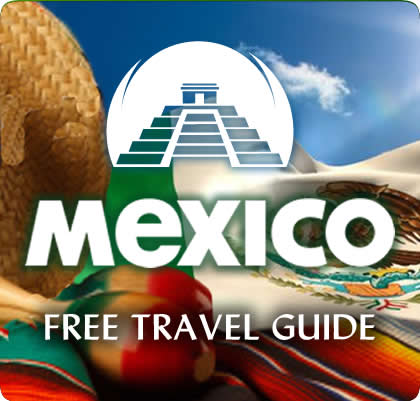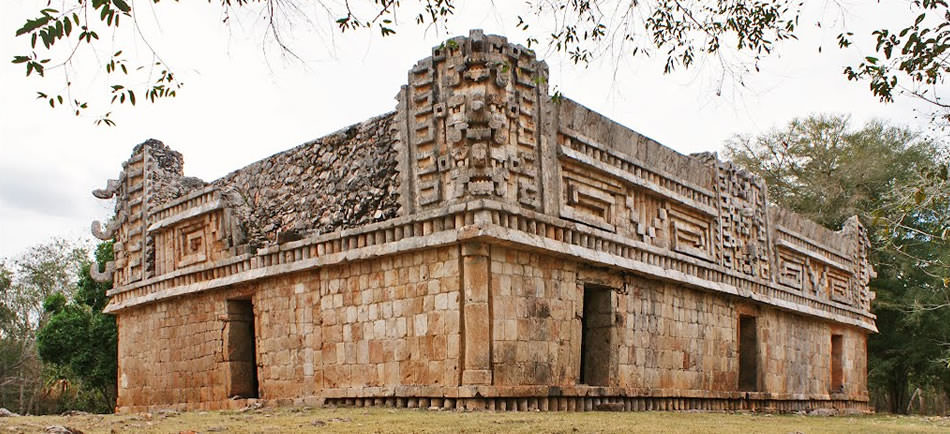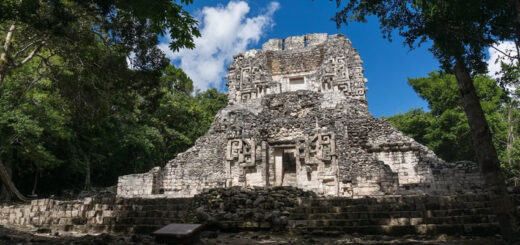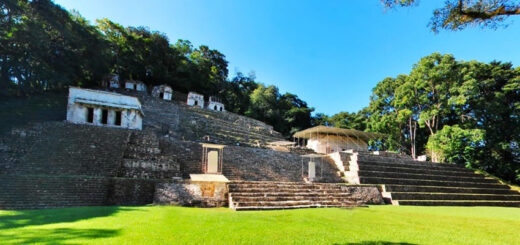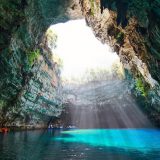
Lamanai
Lamanai is a Mesoamerican archaeological site, and was once a considerably sized city of the Maya civilization, located in the north of Belize, in Orange Walk District. The site’s name is pre-Columbian, recorded by early Spanish missionaries, and documented over a millennium earlier in Maya inscriptions as Lam’an’ain.
History
Lamanai was occupied as early as the 16th century BC. The site became a prominent centre in the Pre-Classic Period, from the 4th century BC through the 1st century CE. In 625 CE, “Stele 9” was erected there in the Yucatec language of the Maya. Lamanai continued to be occupied up to the 17th century AD. During the Spanish conquest of Yucatán Spanish friars established two Roman Catholic churches here, but a Maya revolt drove the Spanish out. The site was subsequently incorporated by the British in British Honduras, passing with that colony’s independence to Belize. Also the British has settled in Lamanai and made a sugar mill.
Site description
The vast majority of the site remained unexcavated until the mid-1970s. Archaeological work has concentrated on the investigation and restoration of the larger structures, most notably the Mask Temple, Jaguar Temple, and High Temple. The summit of this latter structure affords a view across the surrounding jungle to a nearby lagoon, part of New River.
A significant portion of the Temple of the Jaguar Masks remains under grassy earth or is covered in dense jungle growth. Unexcavated, it would be significantly taller than the High Temple. In the jaguar temple there is a legend that you can find an ancient spear called the heart of the jaguar, even though the temple got his name from the jaguar masks on each side.
The Maya ruins of Lamanai once belonged to a sizable Mayan city in the Orange Walk District of Belize. “Lamanai” comes from the Maya term for “submerged crocodile”, a nod to the toothy reptiles who live along the banks of the New River. Lamanai Belize jungle brims with exotic birds and hydrophilic iguanas. There is evidence on Mayan life that dates from about 1500 B.C. through Postclassic (A.D. 950-1544) and Spanish colonial times (A.D. 1544-1700)
Chau Hiix
Nearby ancient Mayan site of Chau Hiix presents evidence of a very long continuous occupation from Early Preclassic (ca 1200 BC) to Late Post Classic (ca 1600 AD). It lies between Lamanai and Altun Ha, another site further to the east.
It is positioned on Western Lagoon near its outlet into Spanish Creek. Chau Hiix is 15 km east of Lamanai, and is accessible by waterways travel. Altun Ha lies another 25 km further to the east. The material culture of Chau Hiix shows close ties with both Lamanai and Altun Ha, as well as evidence of interaction with centers in Petén Basin.
There are considerable ancient irrigation works at Chau Hiix, so it was probably an agricultural community supplying food for Lamanai.
Earliest cultural activity at Chau Hiix has been traced to the early Middle Preclassic Swasey phase (ca 1000-500 BC).




